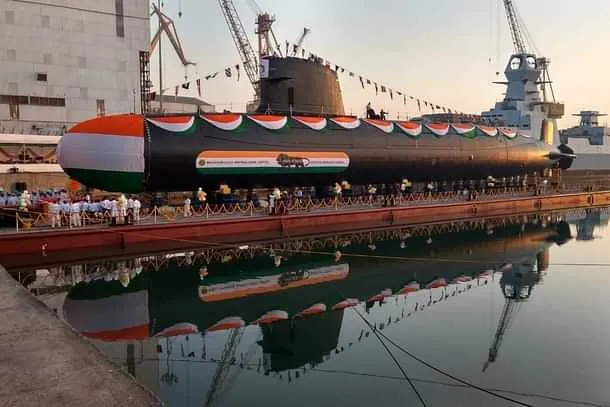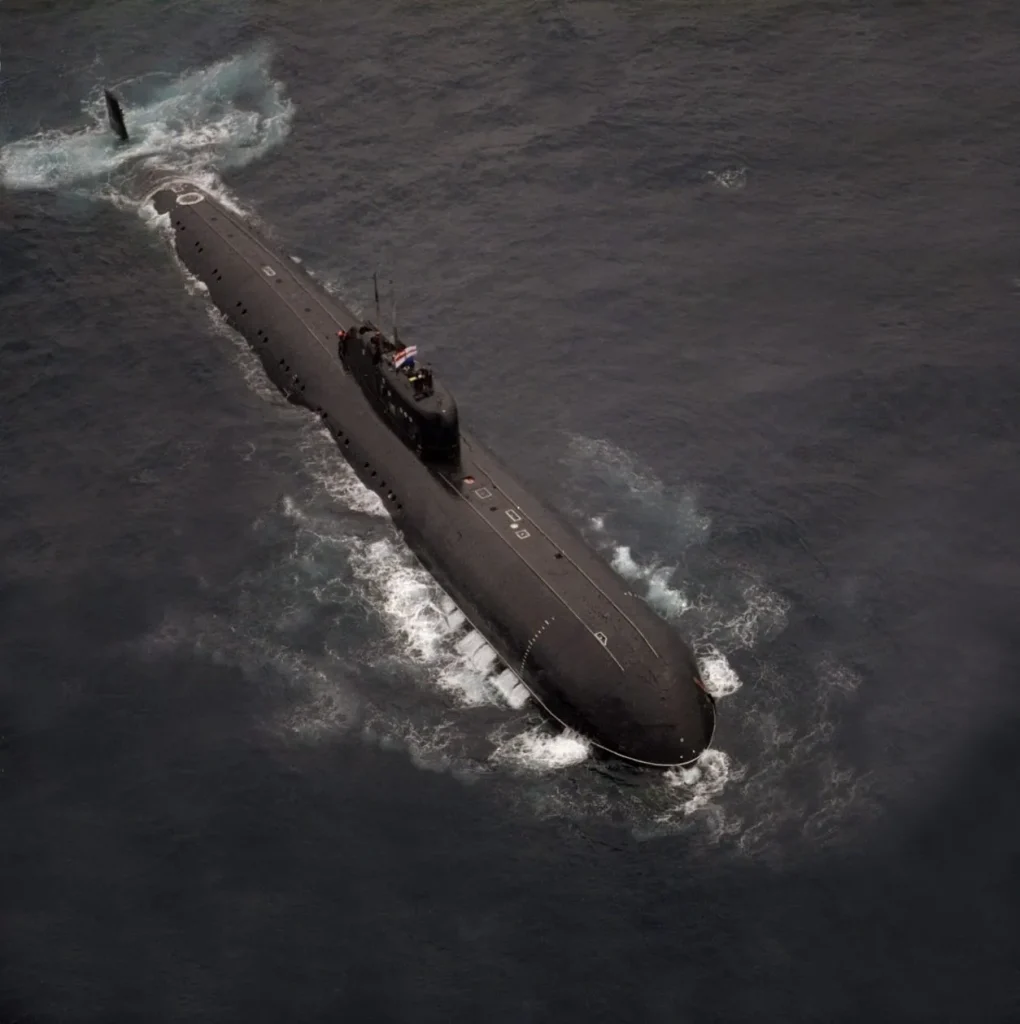India has quietly taken a significant step to boost its defense capabilities by launching its fourth nuclear-powered ballistic missile submarine (SSBN) at the Ship Building Center (SBC) in Visakhapatnam. This new submarine is part of the country’s ongoing efforts to strengthen its nuclear deterrence, especially against potential adversaries in the Indo-Pacific region.

Progress in India’s SSBN Program
India’s SSBN program has seen steady progress in recent years. On August 29, 2024, Defence Minister Rajnath Singh commissioned the second SSBN, INS Arighaat. The third submarine in this class, INS Aridhaman, is scheduled to be commissioned next year. The latest submarine, codenamed S4*, was quietly launched on October 16, 2024. This follows the government’s approval, through the Cabinet Committee on Security (CCS), for the construction of two additional nuclear-powered attack submarines aimed at deterring adversaries in the Indo-Pacific region.
Advanced Capabilities of the S4 SSBN*
The newly launched S4* SSBN boasts nearly 75% indigenous content and is equipped with advanced 3,500 km range K-4 nuclear ballistic missiles. These missiles, launched through vertical systems, provide India with significant long-range strike capabilities. While earlier submarines in the SSBN class carried shorter-range K-15 missiles, the S4* represents an upgrade, carrying only K-4 missiles with greater range and precision.
SSBNs, with their unlimited range and endurance, are vital assets in India’s nuclear deterrence strategy. They are constrained only by the availability of food supplies, crew fatigue, and maintenance requirements. Both INS Arihant and INS Arighaat are currently on deep-sea patrols, ensuring that India’s strategic capabilities remain active. India also plans to add a Russian Akula-class nuclear-powered attack submarine to its fleet by 2028 on lease.
The Evolution of India’s SSBN Fleet
India’s SSBN fleet has evolved considerably since the commissioning of its first leased nuclear attack submarine, INS Chakra, referred to as S1. The first indigenous SSBN, INS Arihant, was named S2, followed by INS Arighaat (S3) and INS Aridhaman (S4). The newly launched S4* is the last of this class, with its formal name yet to be announced. Looking ahead, India plans to develop a new class of SSBNs, which will be twice the displacement of the 6,000-ton Arihant class and carry nuclear missiles with a range of over 5,000 kilometers.
Shifting Focus from Aircraft Carriers to Submarines
The Modi government has emphasized the importance of submarine-based deterrence in light of growing threats from China. Aircraft carriers, while powerful, are vulnerable to long-range missiles like China’s Dong Feng-21 and Dong Feng-26. These missiles could pose a significant threat in a worst-case scenario, making submarines a more viable and secure option for defense.

To enhance its submarine capabilities, the Indian Navy is also focusing on conventional submarines. The sixth diesel attack submarine of the Kalvari class, INS Vagsheer, is set to be commissioned in December 2024. The government has also approved the construction of three more advanced diesel attack submarines in collaboration with the French Naval Group at Mazagon Dockyards.
Strategic Importance of Submarines in the Indian Ocean
With Chinese People’s Liberation Army (PLA) warships regularly patrolling the Indian Ocean and long-range carrier patrols expected by 2025-26, India’s strategic submarines will play a crucial role in maintaining dominance in the Indian Ocean Region (IOR). These submarines will bolster India’s ability to defend its maritime interests and counter growing Chinese influence in the region.
India’s continued focus on building a robust submarine fleet underscores its commitment to national security and maintaining a strategic edge in the Indo-Pacific.
